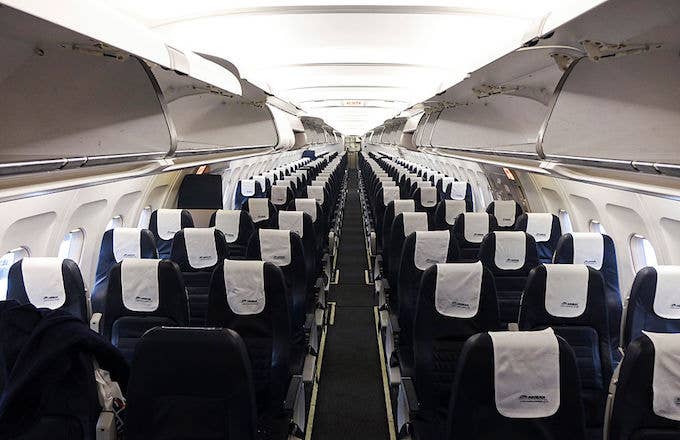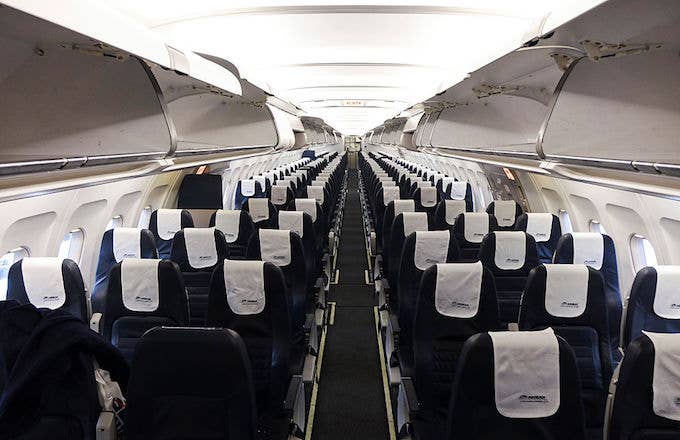
The best part of flying is that it’s usually the fastest, safest way to get to your destination. And when your destination is fun and glamorous, you definitely want to get there as soon as possible. Literally no one has ever said that the best part of flying is the lengthy and slightly annoying process that comes with getting to the airport and boarding the plane.
In fact, boarding the plane might be the most annoying part of the entire ordeal: you have to wait for your section to be called and hope with all of your might there will still be room in the overhead compartments to stuff your luggage into. Also, unless you’ve got yourself a fancy first or business class ticket, you’re forced to walk through those first rows and envy their higher comfort levels and even more comfortable bank accounts.
But a new study out of Arizona State University, reported byThe Independent, suggests that boarding a plane first might actually be hazardous to your health. In short: the earlier you get on a plane, the higher your chance of contracting an infectious disease.
The study analyzed different types of boarding techniques. Most airlines nowadays board by zones, a scenario in which first class always boards first, followed by the next sections. The team at Arizona State studied how a disease—say, for example, Ebola—would spread onboard a plane if just one person was sick.
What they discovered was somewhat surprising: the zone boarding method is, in fact, not very healthy. For instance, if a sick passenger was seated in 19A, they would have to walk past 18 rows that are already filled with people in order to reach their seat. As a result, the disease would be more likely to spread to the passengers who are already seated.
The study did offer a solution: a two-zone boarding process, in which half the plane is boarded from the front, and the other half from the back. This method would reduce the chance of contracting a disease by 27 percent. Another proposed way to reduce the health risks of early boarding is to use planes with only 50 seats, as that would reduce the likelihood that passengers would come into contact with someone who is sick by 13 percent.

